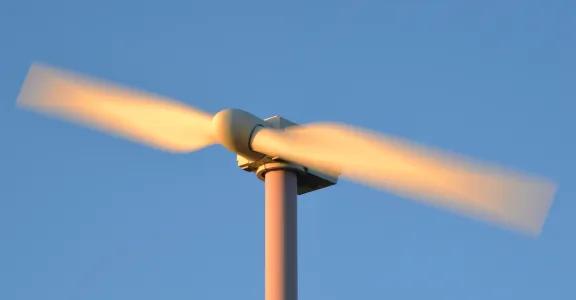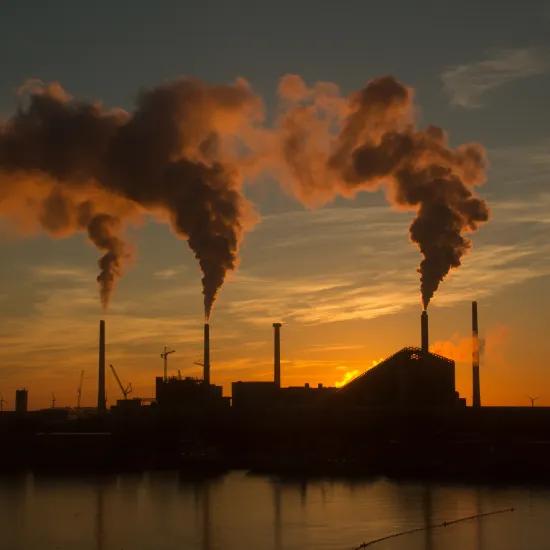Through OWI-Lab, Sirris has developed a methodology to assess the economic impact of innovations on offshore wind farms and expanded the models and the capability to include the green hydrogen generation. All results were presented on two European conferences for the wind industry.
The innovation landscape is rich when it comes to the technologies being developed for offshore wind farms. However, it is usually challenging to estimate the economic and environmental impact of these innovations, as they may influence investment decisions, complete wind farm design and operational costs simultaneously.
Sirris has been collaborating with Danish Technical University to develop a methodology to assess the economic impact of innovations on offshore wind farms. Together with the help of two master thesis students, this methodology has been developed. According to the methodology, the assessments start by mapping the impact of an innovation on the entire lifecycle process of an offshore wind farm; starting from the development phase to end-of-life. Once the critical phases are identified, suitable models with right fidelity level that are capable of assessing the impact are used for this purpose. Currently, the impact is assessed as levelised cost of energy (LCOE) and return of investment (ROI).
The results of this work were presented during the 'Science of Making Torque From Wind Conference' in Delft in June 2022 and published on IOPscience.
Moreover, the models and the capability have been recently expanded to include the green hydrogen generation using PEM electrolysers. The results of this improved version were presented at the Wind Europe Conference in April 2023 and published as a peer-reviewed article.
In 2023 and 2024, this assessment methodology will be further expanded to include the carbon footprint impact of each operation which is already included in the methodology. This work is part of the BleepID project which is supported by Energy Transition Funds.





